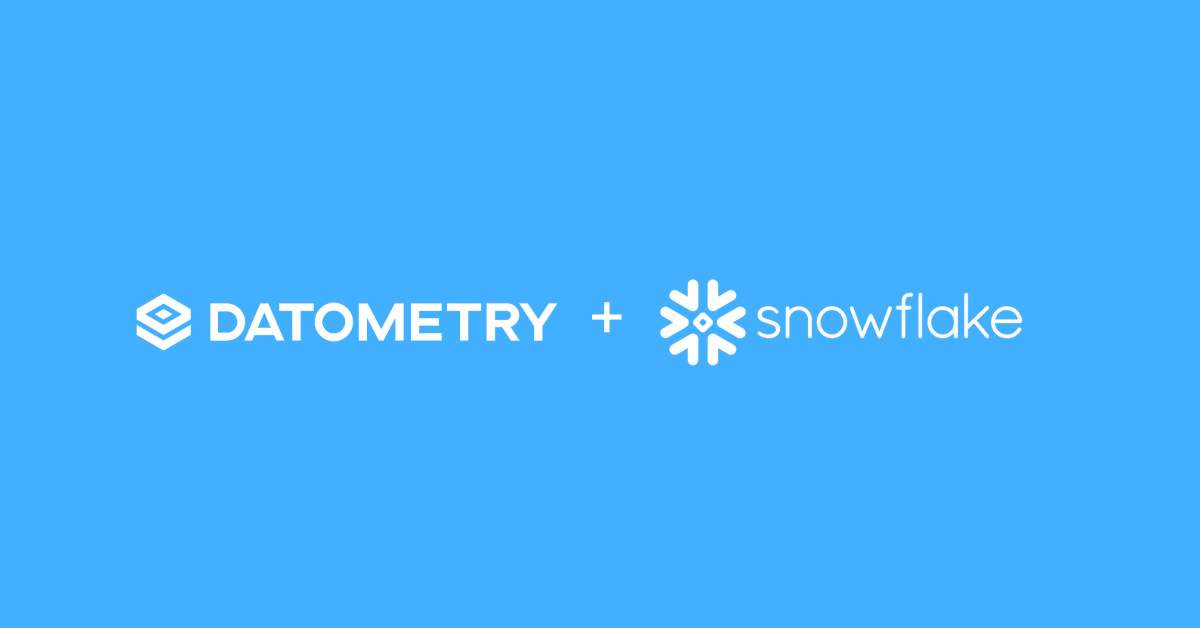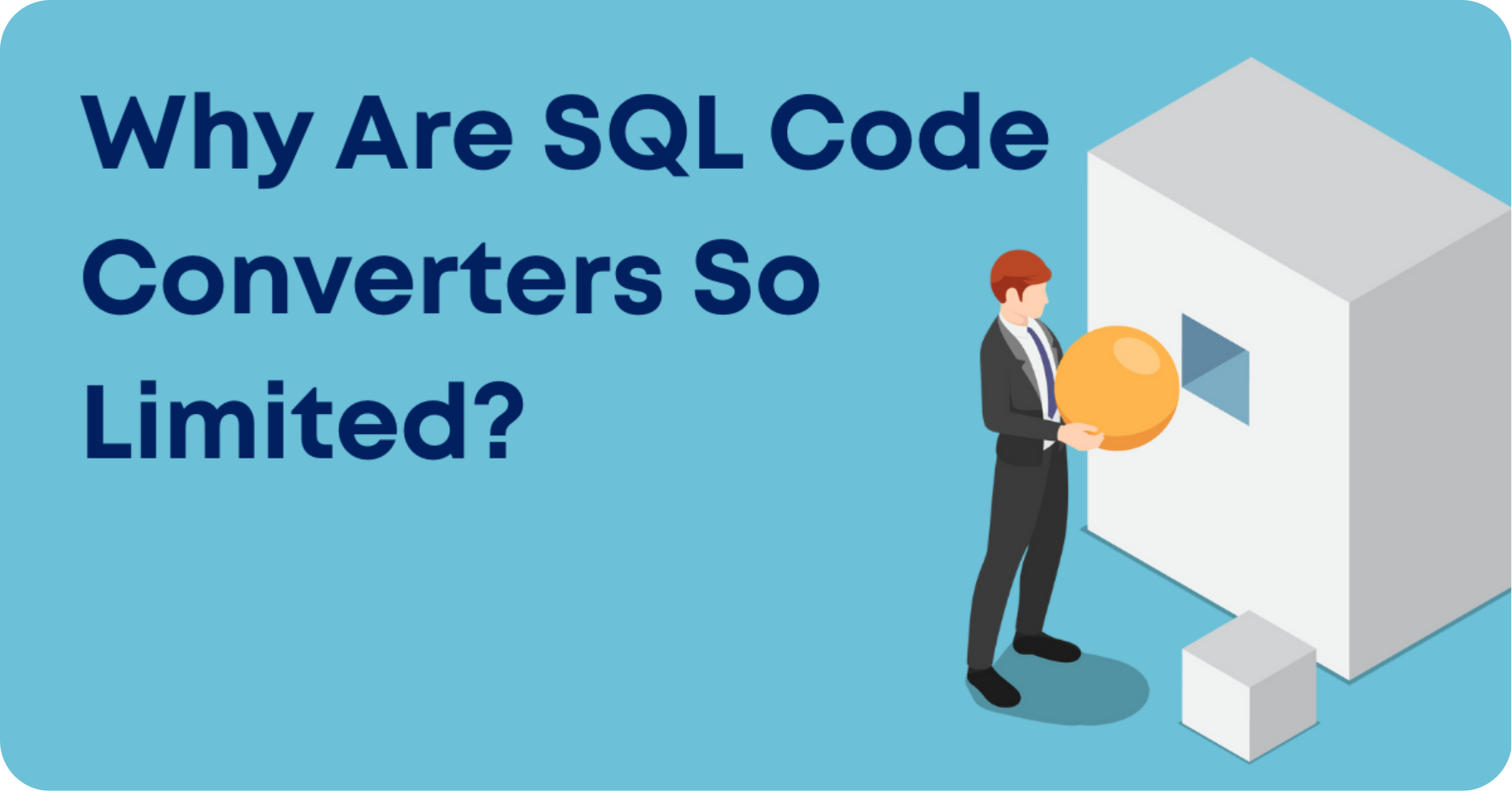We’ve clearly struck a chord with many Oracle users when we announced Datometry Explorer. Replacing Oracle with PostgreSQL without having to mangle one’s applications is a powerful value proposition.
From prospects and partners, we heard two kinds of questions: First, can this really be done? And second, inquiries about some specific, “weird” Oracle feature they recently used or came about. How would we deal with it? As for the former, suffice it to say we’ve already done it for some of the most sophisticated data platforms. Chances are your Oracle database pales in comparison to those systems.
As for the question around specific, rare features, it has become clear we needed a different approach. In this article, we shed some light on the development process that will allow us to address even the most esoteric features. With this process, we will achieve the same level of fidelity that our Teradata customers have become used to.
Database Virtualization
For the uninitiated, here’s a crash course on database virtualization. At its core, it’s akin to impersonation. For instance, replicating the dynamics of an Oracle database but doing so using another one, in this case, PostgreSQL.
Enter stage: Datometry. It’s not just another tool but a game changer. Picture your Oracle-based applications running smoothly. They’re blissfully unaware, still operating as if connected to Oracle. Though in reality, PostgreSQL takes the reins. Nestled between your applications and PostgreSQL is Datometry Explorer, ceaselessly translating and emulating every SQL operation and API call, all in real-time.
Datometry is the industry’s first implementation of such a database virtualization. The ultimate result? Beyond the technical wizardry, the essence of database virtualization is freedom. It obliterates traditional ties to legacy database vendors, creating substantial savings and agility as you ride solely on PostgreSQL’s prowess.
Introducing Datometry Explorer
Explorer isn’t merely a product; it’s a bold declaration in the realm of Oracle to PostgreSQL database migrations. Not only does it include the Datometry virtualization platform. Explorer comes with a fully functional PostgreSQL instance on board its VM image. And soon, this marvel will grace the AWS Marketplace.
Once you deploy Explorer, you have a low-cost replacement of Oracle. It’s a fully functional database that speaks Oracle SQL, but costs only a fraction of Oracle. Explorer is all you need for a whole spectrum of workloads. Because the on-board PostgreSQL does not have the bells and whistles typically expected of a production setup, we recommend using it primarily for tests.
And test, we want you to. We urge you to immerse yourself. Dive deep, experiment, and explore. Your feedback and experience with it are the keystones of its evolution. Read on to find out why this is where it gets even more interesting.
Dealing with Not-Yet-Supported Features
Explorer was born out of the realization that implementing every Oracle feature up-front is impossible. A startup team doesn’t have the patience for this kind of exercise. A large corporation might well embark on such a project but would likely never finish the task. We needed a better approach.
The critical insight here is the 80-20 rule: 80% of all Oracle users only use the core 20% of the feature set. This is a radical departure from implementing the entire Oracle surface. Instead, we can focus on what matters to most customers.
But how can we tell what’s in the core 20% and what isn’t? This is where you come in! Explorer features a mechanism akin to the standard call-home features you’re already familiar with from your OS. When your OS encounters an exceptional situation, it lets the creators, say, Microsoft or Apple, know what happened.
We’re building the same kind of mechanism. Every time your workload uses a feature that’s not yet supported in Explorer, it generates an automatic report. The report includes the query that triggered it and data needed to reproduce the situation in our lab. Great care is being taken to anonymize the data so no confidential data goes over the wire — ever.
Based on this feedback, we prioritize feature work and update the software. Here’s the kicker. Explorer learns from your experience. The more you use Explorer, the better it gets. There’s nothing else for you to do. No code to write, no open-source project to contribute to. Just kick back and pick up the next release.
Move From Oracle to PostgreSQL without the Headache of Database Migrations
The buzz around Datometry’s impending launch is electric. And it’s not just about a new product hitting the market. It’s about change, about offering everyone an opportunity to challenge and redefine industry norms, to stand tall against legacy vendor lock-in.
Eager to be part of this transformative journey? To reshape the landscape of the database industry? With Explorer, that audacious dream is closer than ever. Visit the sign-up page or contact us directly at info@datometry.com
About Mike Waas, CEO Datometry
Mike Waas founded Datometry with the vision of redefining enterprise data management. In the past, Mike held key engineering positions at Microsoft, Amazon, Greenplum, EMC, and Pivotal. He earned an M.S. in Computer Science from the University of Passau, Germany, and a Ph.D. in Computer Science from the University of Amsterdam, The Netherlands. Mike has co-authored over 35 peer-reviewed publications and has 20+ patents on data management to his name.


